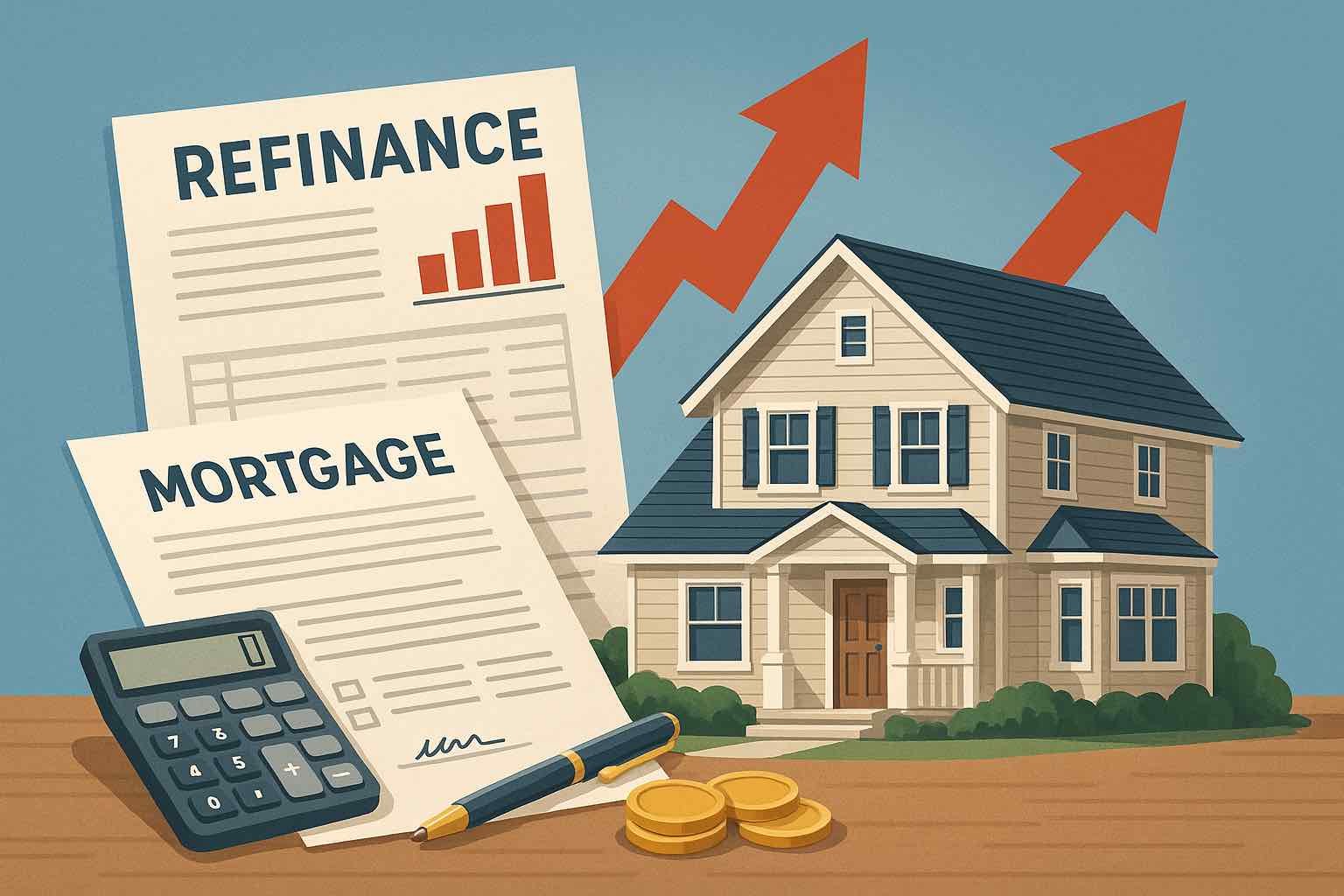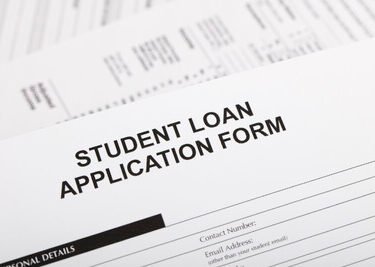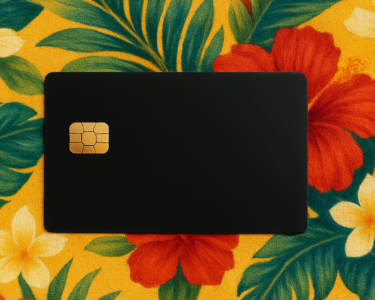

Despite growing political pressure, the Federal Reserve is expected to leave interest rates unchanged following its two-day policy meeting this week. For homeowners, homebuyers, and everyday consumers, that means one thing: don’t expect relief just yet.
The central bank’s benchmark rate, which influences everything from credit cards to mortgage rates, is still hovering near a two-decade high. Futures markets show almost no chance of a rate cut before September, according to CME’s FedWatch.
Mortgage rates today: High—and staying there
If you’re house hunting this summer, brace yourself. The average 30-year fixed mortgage rate remains near 6.9%, according to Bankrate—virtually unchanged from earlier this spring.
Mortgage rates tend to follow Treasury yields more than the Fed directly. Still, the Fed’s stance helps set the broader economic tone, and this week’s pause won’t move the needle much for homebuyers.
“I don’t see any major changes coming in the immediate future,” said Matt Schulz, LendingTree’s chief credit analyst. “Rates are likely to remain high throughout the summer.”
With limited inventory and stubbornly high home prices, affordability continues to be a key barrier for would-be buyers across the country.
Credit cards: APRs remain near record highs
Even as the Fed stays put, credit card APRs continue to climb. The average interest rate is now over 20%, Bankrate reports—just shy of all-time highs.
Most credit cards carry variable rates directly linked to the Fed’s benchmark. So while a pause avoids further hikes, it doesn’t lower the cost of existing balances.
If you’re carrying debt, consider these strategies:
- Balance transfer credit cards with 0% intro APRs
- Personal loans to consolidate high-interest debt
“People have more control over their APRs than they think—especially if they have good credit,” Schulz said.
Auto loans: High payments, higher pressure
Auto loan rates are not directly tied to the Fed, but the impact is still felt. The average rate for a five-year new car loan is 7.24%, according to Bankrate, while monthly payments continue to climb.
Thanks to inflation, tariffs, and tight inventory, 20% of households with auto loans now pay over $1,000/month, Bank of America found.
Shopping around and securing financing before heading to the dealership can make a significant difference.
Student loans: New rates ahead, but no Fed tie
Federal student loan rates are fixed annually based on Treasury auctions. The current undergraduate loan rate is 6.53%, but it will fall slightly to 6.39% on July 1.
Existing borrowers won’t see any change from this Fed decision—but many are still facing limited forgiveness options and tighter repayment conditions.
Savings accounts: Good news for savers
Savers continue to benefit from the Fed’s pause. Many high-yield online savings accounts are paying over 4%, a rare silver lining in today’s economy.
These returns are tied loosely to the Fed’s rate policy. With no cut in sight, yields are likely to stay elevated—good news for retirees and savers.
“As long as your money is in the right place, you can still earn meaningful interest,” said Greg McBride, Bankrate’s chief financial analyst.
Key Takeaways
- Mortgage rates today remain high, with little movement expected this summer
- Credit card APRs hover above 20%—consider balance transfers to save money
- Auto loans and student debt remain expensive and fixed for most borrowers
- Savings yields are still strong—but only if your cash is in a competitive account




